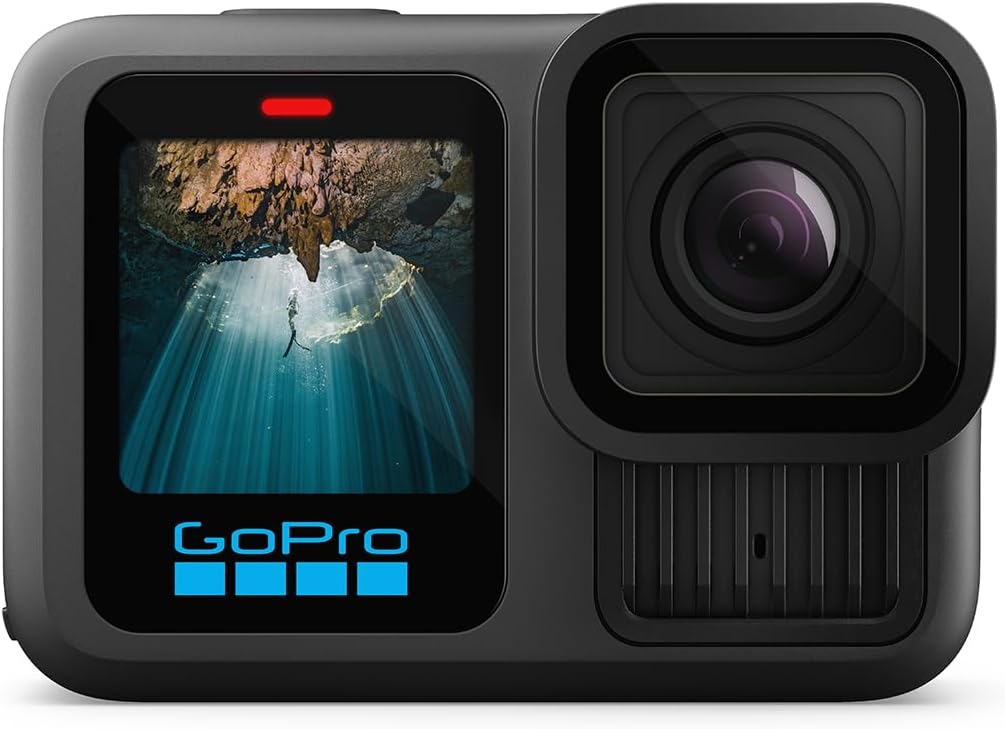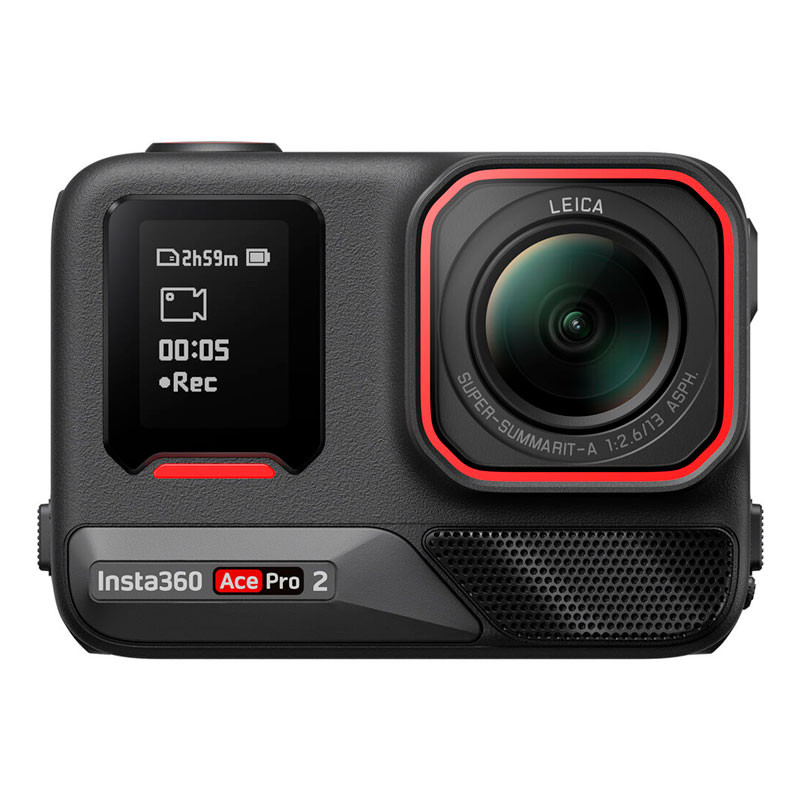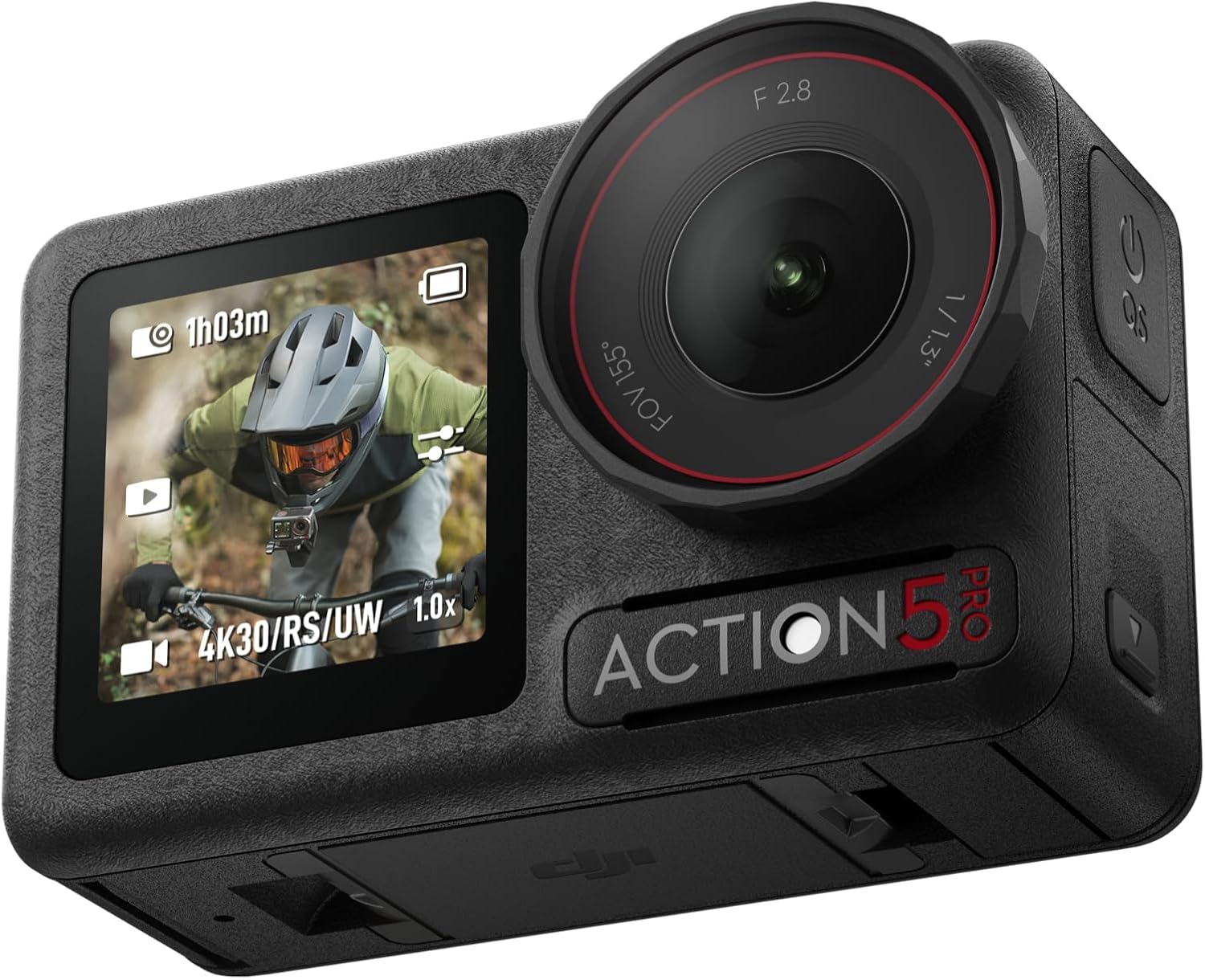Sometimes, picking an action camera feels like choosing a travel companion. You’re not just looking for specs—you’re looking for trust, versatility, and something that won’t flinch when things get chaotic. And now, with the GoPro Hero 13, Insta360 Ace Pro 2, and DJI Osmo Action 5 Pro all fighting for the top spot, that choice just got a lot harder.
The Hero 13 is the veteran with a fine-tuned formula. The Ace Pro 2 is the innovator with wild flexibility. The Osmo Action 5 Pro? It’s the all-rounder that quietly nails every shot. We’ve tested them all—underwater, on bikes, in low light, and while sprinting through the city—and here’s the truth: each one earns its place. But that doesn’t mean they’re equal.
Let’s get into it.
Design and display: tweaks, flips, and clever tricks
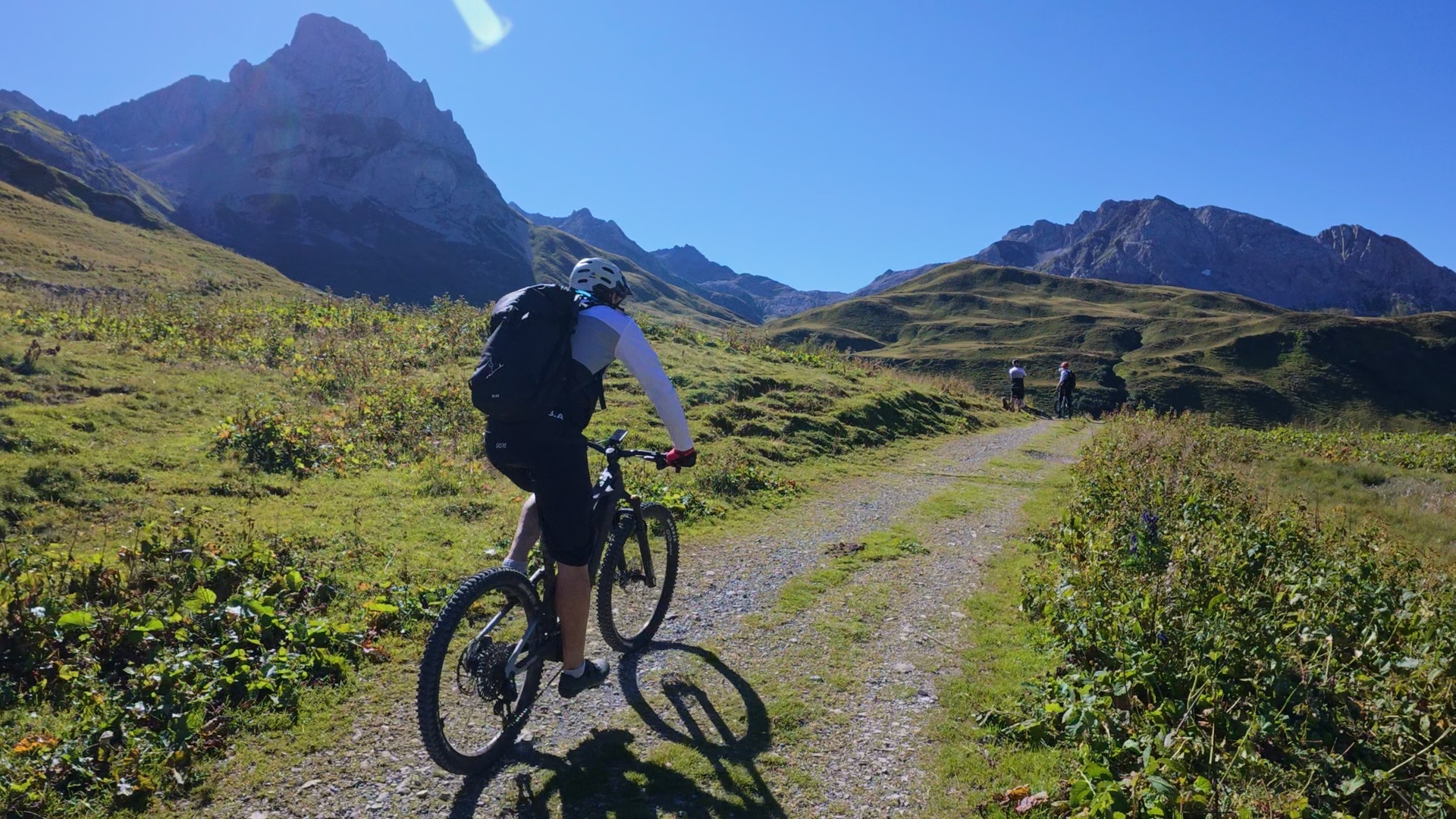
There’s a reason they all look vaguely familiar. That boxy, grippy, two-screen layout is the template now. But the way they each interpret it makes a difference.
The GoPro Hero 13 doesn’t change the silhouette—it sticks to its rugged DNA. The 2.27″ rear screen is crisp, the front display is still just for framing, and it works. It’s what you know. But if you wanted a bigger leap from the Hero 12, you’ll need to squint.
DJI’s Osmo Action 5 Pro edges ahead with its bright dual OLED touchscreens. The 2.5-inch rear panel feels luxurious, even in sunlight, and the front is fully interactive—something GoPro still skips. It’s perfect for solo shooters or vloggers checking their framing.
And then there’s Insta360 Ace Pro 2 with the flip-up 2.5-inch touchscreen. It’s a bold move. You can angle it, tilt it, and flip it around. For creative framing or low-angle shots, it’s a gift. But yes, you’re introducing moving parts to a device that’s supposed to get roughed up. That trade-off won’t work for everyone.
If you’re all about brightness and control, DJI wins here. If you need flexibility, Insta360 has your back. If you like tried and tested—GoPro keeps it simple.
Durability: who’s scared of water?
Here’s where things get wet.
DJI hits hard with 20 meters of waterproofing—without a case. That’s serious freedom for underwater recording, paddleboarding, and all those wild sea adventures. Plus, the built-in depth gauge is a slick bonus.
Insta360 follows with 12 meters. GoPro hits 10. Both are perfectly fine for shallow dives, swimming, or a rainy hike. And of course, you can slap on a waterproof housing for deep dives.
But for grab-and-go underwater use, DJI clearly feels the most confident.
Image quality: three different flavors of sharp
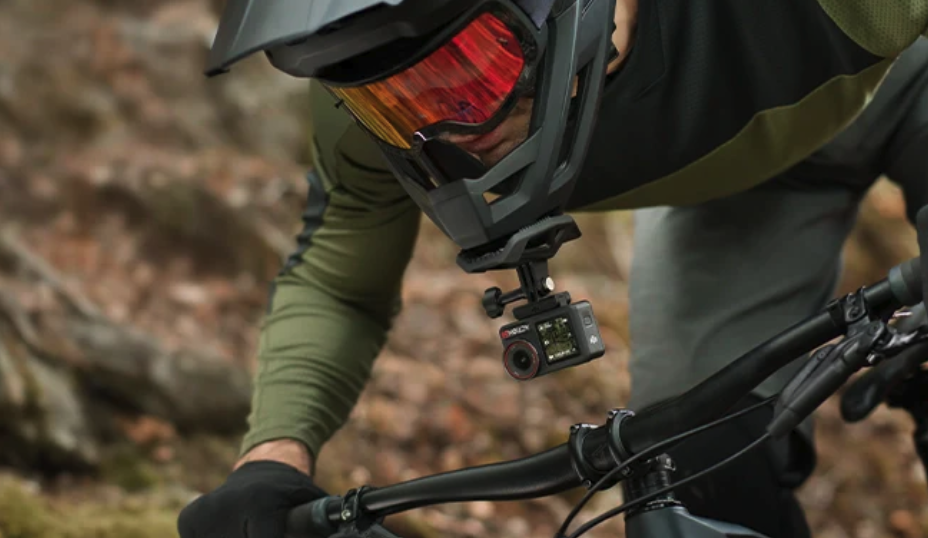
Let’s talk sensors.
GoPro sticks with a 1/1.9″ sensor—but it’s multi-aspect, which means it plays nice with both vertical and wide formats. That 8:7 aspect ratio is a godsend for creators who bounce between TikTok and YouTube. It shoots up to 5.3K, handles HDR and HLG beautifully, but under low light, it still doesn’t quite shine.
DJI and Insta360 both rock 1/1.3″ sensors. The Ace Pro 2 hits 50MP for stills, 8K for video (with limitations), and crushes it with color accuracy and dynamic range. Its PureVideo mode boosts low-light performance with noticeably less noise and more depth.
DJI trails slightly with a 40MP sensor, but the output looks clean, rich, and surprisingly cinematic. It’s the most natural-looking of the three, especially when you’re shooting people or landscapes in golden hour.
If you’re chasing versatility, GoPro’s sensor does a lot with less. If you want night performance and big resolution, Insta360 and DJI pull ahead.
Shooting modes: speed freaks and control lovers
Here’s where things go into turbo mode.
GoPro Hero 13 still rules in slow-mo. 240fps at 2.7K? Yes. 400fps at 720p? Also yes. But—you deal with longer buffering and some modes lacking stabilization. It’s fun, but a little fussy.
DJI and Insta360 keep things clean with 4K at 120fps. Enough slow motion to catch the perfect wave or BMX trick without sacrificing sharpness. The Ace Pro 2’s PureVideo mode at 4K 60fps in low light is another win for moody, nighttime content.
GoPro is the speed king. Insta360 is the HDR magician. DJI is the balance point. Pick your poison.
Battery life: the long haul champion
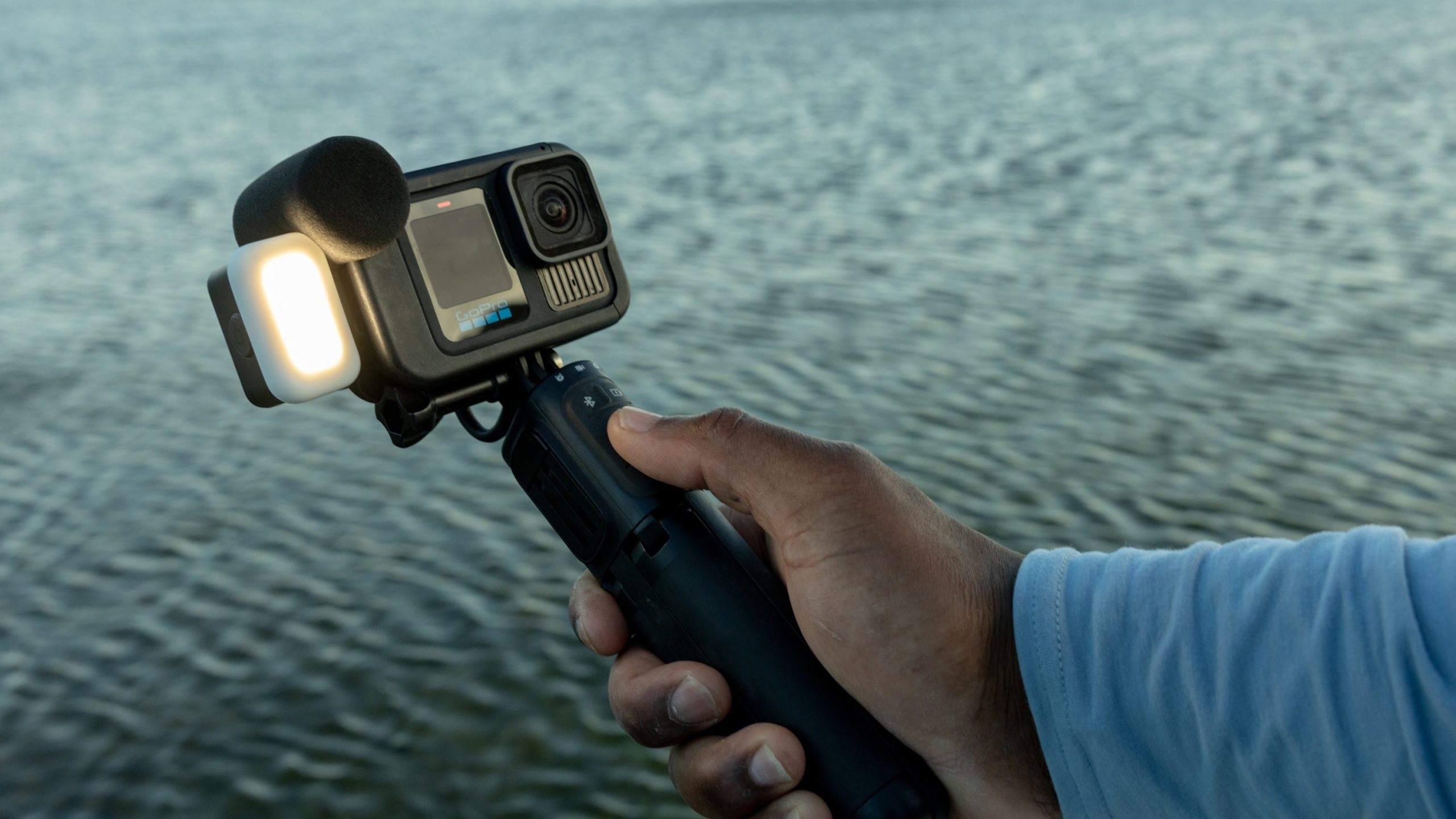
If you hate swapping batteries, here’s what matters:
DJI’s 1,950mAh battery lasts nearly 4 hours at 1080p. Yes, four. You can forget about charging during a full afternoon of shooting.
Insta360’s 1,800mAh cell delivers around three hours—solid, even when you push 4K.
GoPro? Around 2.5 hours at best, and that’s without going crazy on the frame rate. Once you start hitting those high-performance modes, it drops fast.
Plus, DJI charges faster, with the most efficient battery hub. If you need to go long, this one wins the endurance test.
Accessories and audio: it’s not just about the picture
This is where ecosystems matter.
GoPro still owns the accessory world. Mounts, clamps, lens mods, filters—name it, they’ve got it. And with mod detection, the Hero 13 automatically adjusts settings based on what you attach. That saves time and headaches.
Insta360 is catching up, though, with magnetic mounts and flexible accessories. Their wind guard on the Ace Pro 2 is a small but effective touch for outdoor shooters.
DJI leans hard into audio, with seamless support for the DJI Mic 2. Wireless, clean, and plug-and-play. If you care about voice quality for vlogging, this alone could tip the scale.
And with DJI’s built-in 47GB of storage, you’re not dead in the water when your SD card goes MIA. That’s the kind of feature you only appreciate the moment things go wrong.
User experience: apps that don’t make you groan
A bad app ruins everything. But here? Things are tight.
GoPro’s Quik app is mature, fast, and packed with features. But digging into settings on the camera itself can still be a maze.
DJI’s Mimo app is super responsive, stable, and allows live streaming and direct uploads. It just feels easier, smoother, more predictable.
Insta360’s app is where the fun happens. Gesture controls, AI edits, and drag-and-drop story tools make it insanely quick to publish content. It’s built for creators who want to edit on their phone and move on.
If you’re the kind of person who wants everything done before you even touch your laptop—Insta360 nails that flow.
Stabilization: no losers here
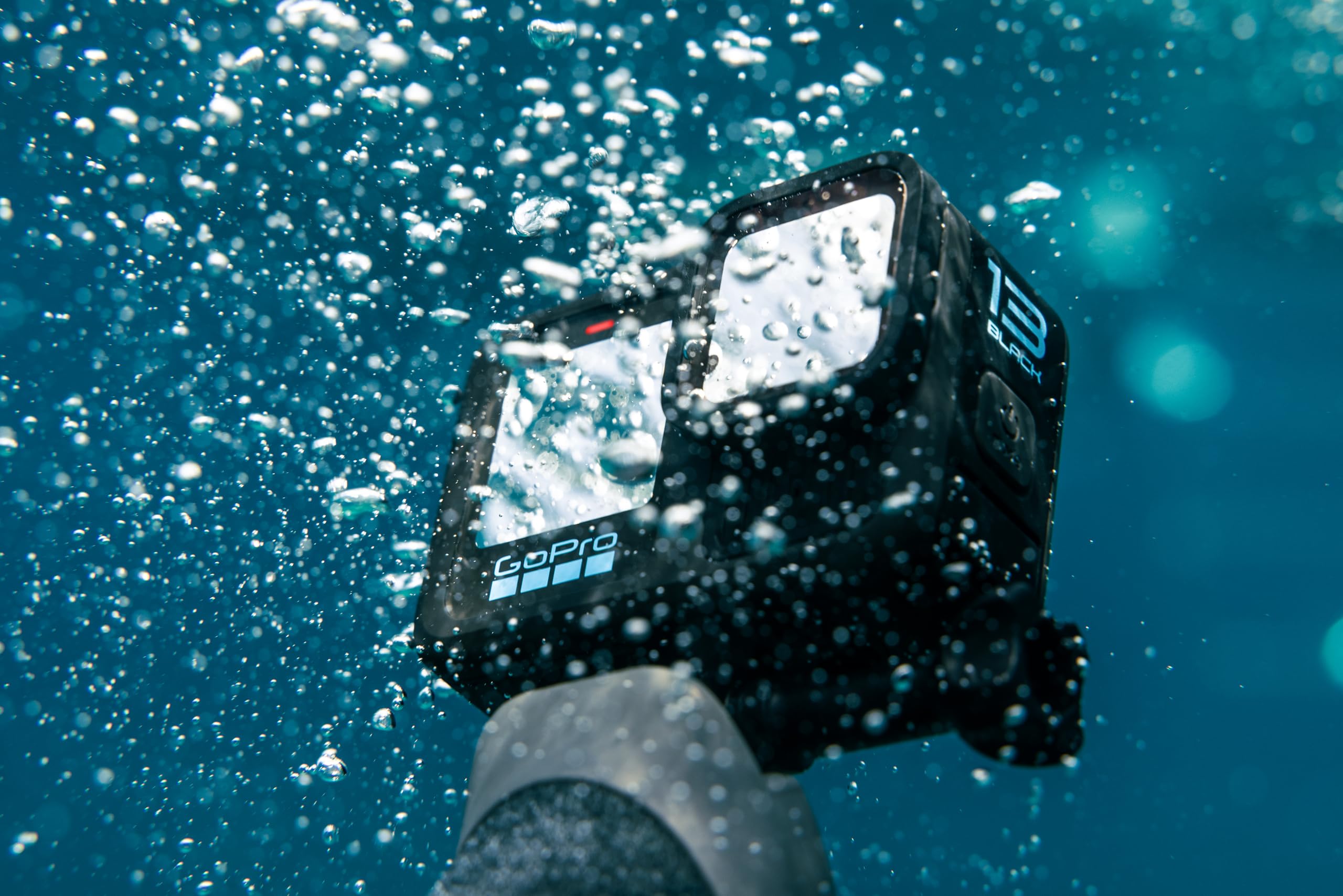
They’re all incredible at this point.
GoPro’s HyperSmooth is legendary, and with each generation it just gets weirder how smooth the footage looks—even when you’re bouncing down rocky trails.
DJI’s RockSteady 3.0+ is so buttery it’s hard to believe it’s not on a gimbal.
Insta360’s FlowState with Horizon Lock is surgical. No tilt, no shake, just clean footage, even on rollercoasters.
Tiny differences exist, but unless you’re comparing frame-by-frame in extreme scenarios, you won’t notice. All three keep your footage stable and horizon flat—even when you’re not.
Conclusion: DJI Osmo Action 5 Pro walks away with it
We came in expecting a tight race. And it was. The GoPro Hero 13 Black is still a beast—smart, stable, and built on years of refinement. If you’re locked into the GoPro mount universe, it’s a no-brainer.
The Insta360 Ace Pro 2 is a content machine. That flip-up screen, 8K video, and PureVideo mode make it a dream for creators who want style and smarts. If you love flexibility and edit on the fly, you’ll love it.
But the DJI Osmo Action 5 Pro just makes sense in the real world. The best battery life. Gorgeous screens. Flawless stabilization. Clean audio. Deep waterproofing. No gimmicks, just performance that shows up every time.
If your camera needs to survive everything from rainstorms to night rides, while delivering professional-looking results and not dying halfway through the day—DJI is the one.
It doesn’t yell the loudest, but it does the most. That’s why it wins.

